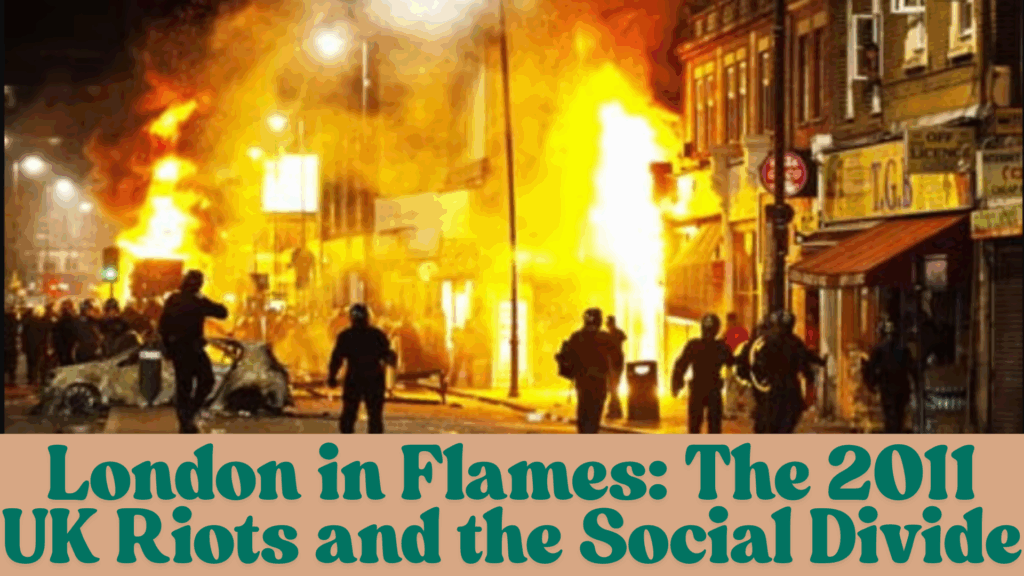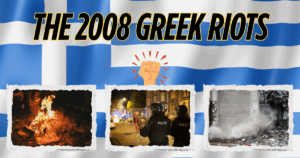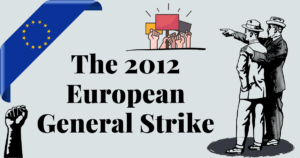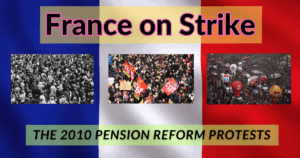In this article, we have covered various aspects of London in Flames: The 2011 UK Riots and the Social Divide Causes and Consequences.
London in Flames: The 2011 UK Riots and the Social Divide
Deep-rooted socioeconomic divides and systematic injustices were revealed during the August 2011 riots that swept through London and numerous other English cities. Starting in Tottenham, the 2011 UK Riots were a wave of widespread theft and civil disturbance that eventually extended to other areas.
Black citizen Mark Duggan was shot by the police, sparking a protest that quickly turned into a mass uprising, looting, and violence that exposed the divisions in British society. Widespread damage and looting resulted from the riots’ rapid spread to other areas of the city and other significant English cities. A number of things, such as socioeconomic disparities, sentiments of marginalization, and police brutality, contributed to the riots.
Understanding London in Flames
The 2011 UK Riots started as a demonstration against the shooting death of Mark Duggan, a young man of mixed ethnicity, by the police. Soon, rioting broke out in a number of London boroughs. The police were unable to maintain control over large areas of the capital city for four nights. Smaller-scale riots also occurred in other English cities.
Politicians and academics disagree on the cause of the violence. Some claim that the rioters were inspired by resentment of the police’s harsh tactics, as well as complaints about growing inequality and services being curtailed. Some contend that rioters took advantage of a unique chance to steal consumer items, making criminality rather than protest the driving force.
The Trigger of 2011 UK Riots
The initial rioting was triggered by the shooting of Mark Duggan by Tottenham police. Police in Tottenham, North London, shot and murdered Mark Duggan on August 4, 2011. Soon after, the disturbances extended to other areas of London and then to other English towns.
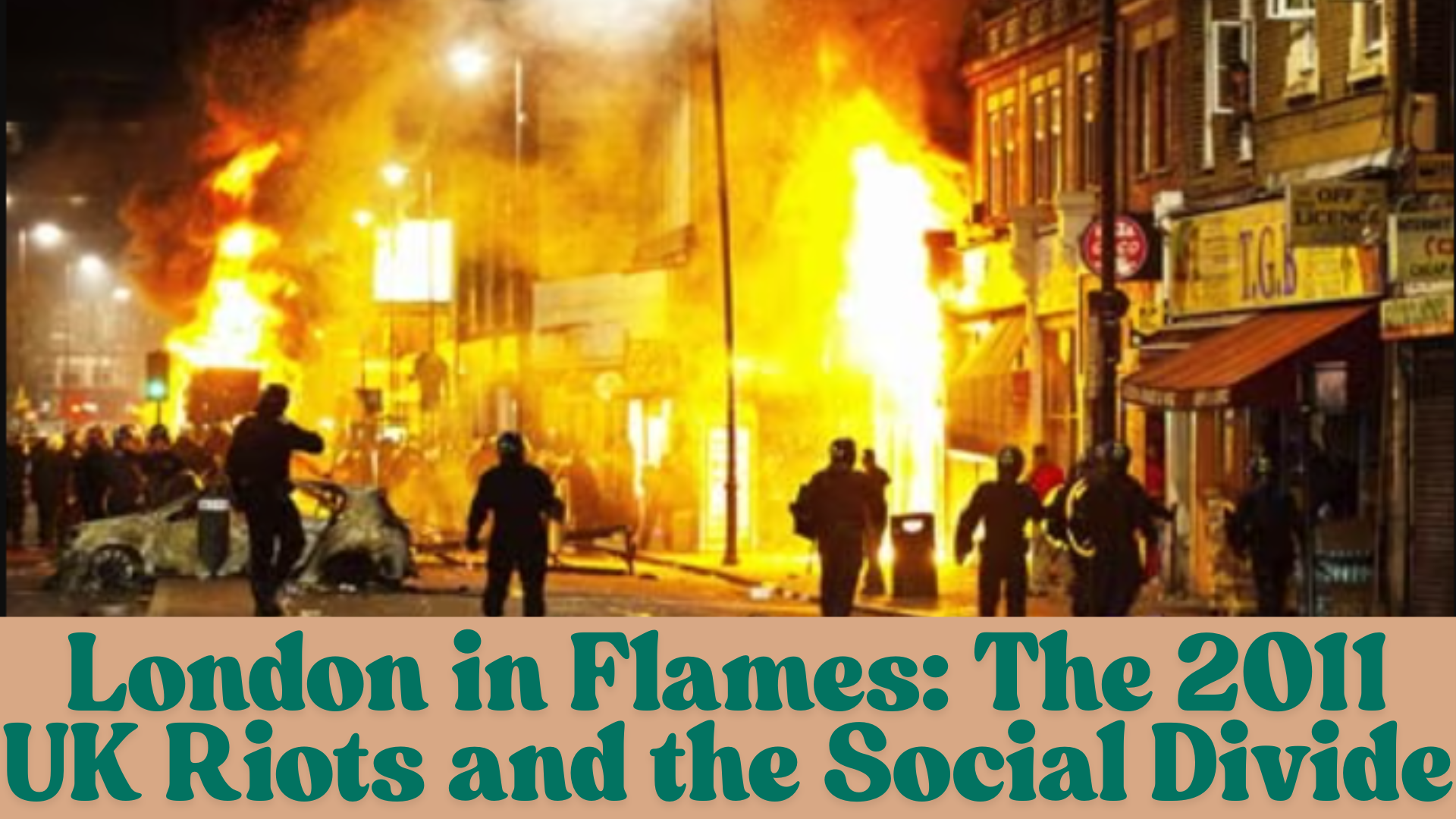
The event rekindled long-standing hostilities between the local community and police enforcement, especially among Black citizens who felt singled out by invasive stop-and-search methods. A series of riots broke out in London and other cities, including Birmingham, Manchester, and Liverpool, as the first peaceful demonstration descended into violence.
More Information: Get Here
Other Causes of London in Flames
The riots were a symptom of larger problems, even though Duggan’s death was the direct cause, major of them are:
- Economic Disparities: Significant public service cuts and high unemployment rates, particularly among young people, plagued communities like Tottenham. Due to financial constraints, Haringey Council, for example, had to close a number of youth clubs, leaving young people with few positive outlets.
- Social Exclusion: Feelings of exclusion and a lack of opportunities were mentioned by many rioters. Participants in a study conducted by The Guardian and the London School of Economics frequently felt alienated from society at large and harbored animosity toward those in positions of authority.
- Policing Practices: A feeling of injustice was exacerbated by aggressive policing, especially the disproportionate targeting of Black youth. Many participants in the disturbances saw their acts as a reaction to alleged police misconduct, according to the “Reading the Riots” study.
The London riots of 2011 were, in essence, a complicated event with a number of underlying causes.They acted as a sharp reminder of the economic and social injustices that still exist in British society and the necessity of resolving them in order to avert further upheaval.
Consequences of The 2011 UK Riots
The riots resulted in arrests, looting, and significant property damage. Many of the thousands detained were charged with crimes. The government initially attributed the riots to gangs and “mindless criminality,” but subsequent analyses acknowledged the role of socioeconomic factors and police misconduct.
Following the riots, the government took action to bring about peace, including increasing police presence and expediting court proceedings. Opponents retorted that these actions failed to address the root causes of the disruption.
Additional evaluations called for comprehensive strategies to improve community-police relations, address teen unemployment, and provide funding for social services. The events of 2011 served as a sobering reminder of the importance of inclusive policy and the detrimental consequences of ignoring marginalized groups.
Conclusion
The 2011 UK riots were more than isolated incidents of violence; they were a reflection of deeply rooted social and economic inequality. They underlined the urgent need for structural reform to mend the rifts in British society.
A multifaceted approach integrating financial investment, social aid, and fair police practices is required to solve these problems and create a more resilient and inclusive nation.
Thanks a lot for staying on this article on London in Flames: The 2011 UK Riots and the Social Divide till the end.

